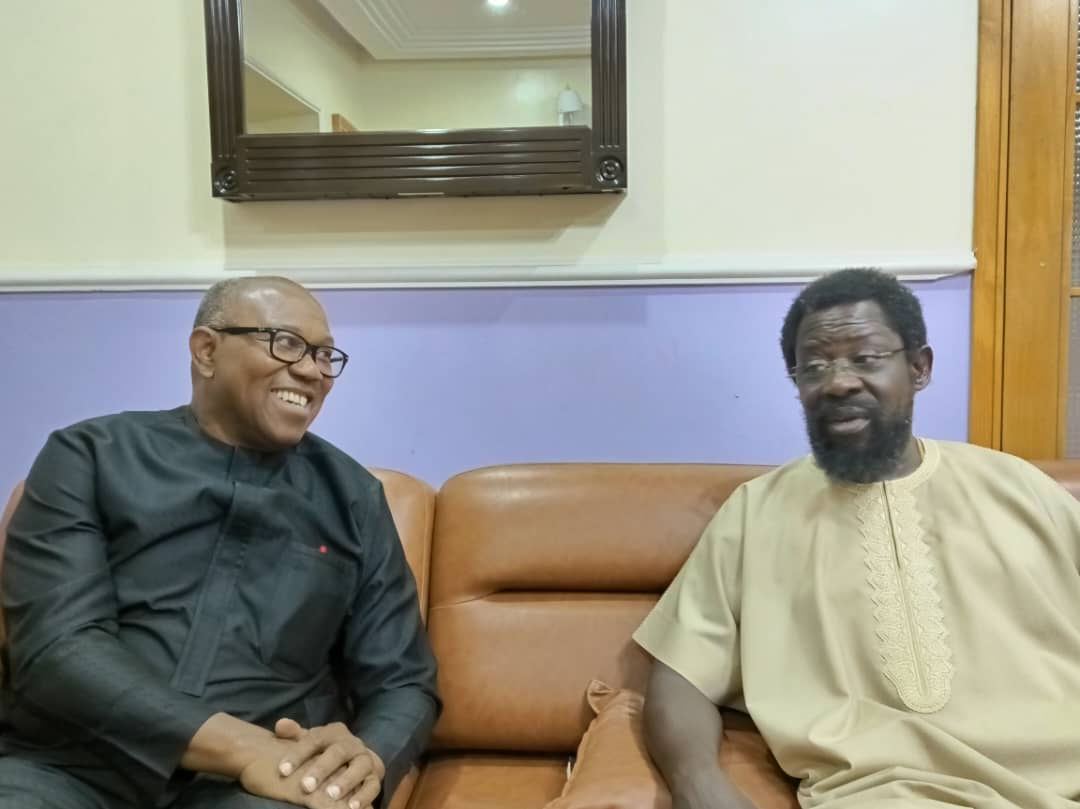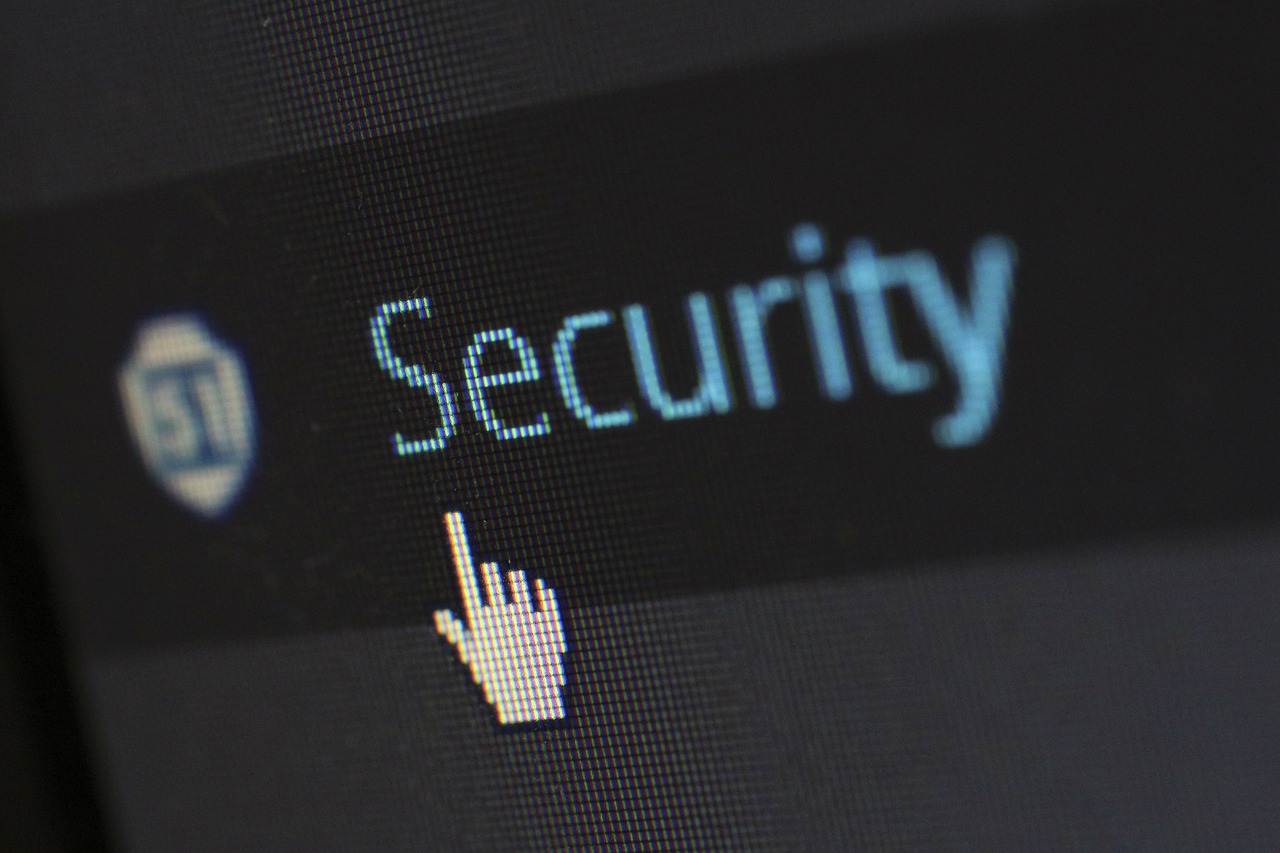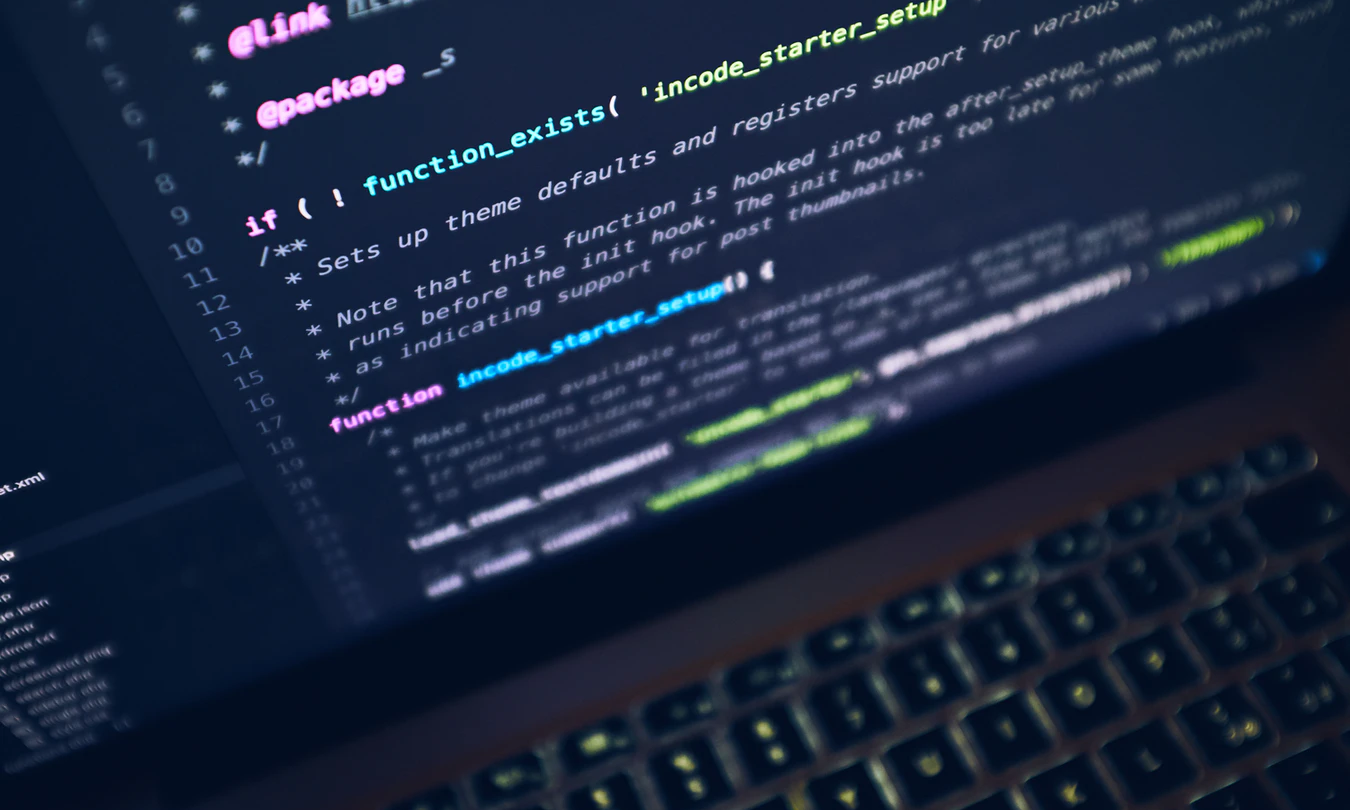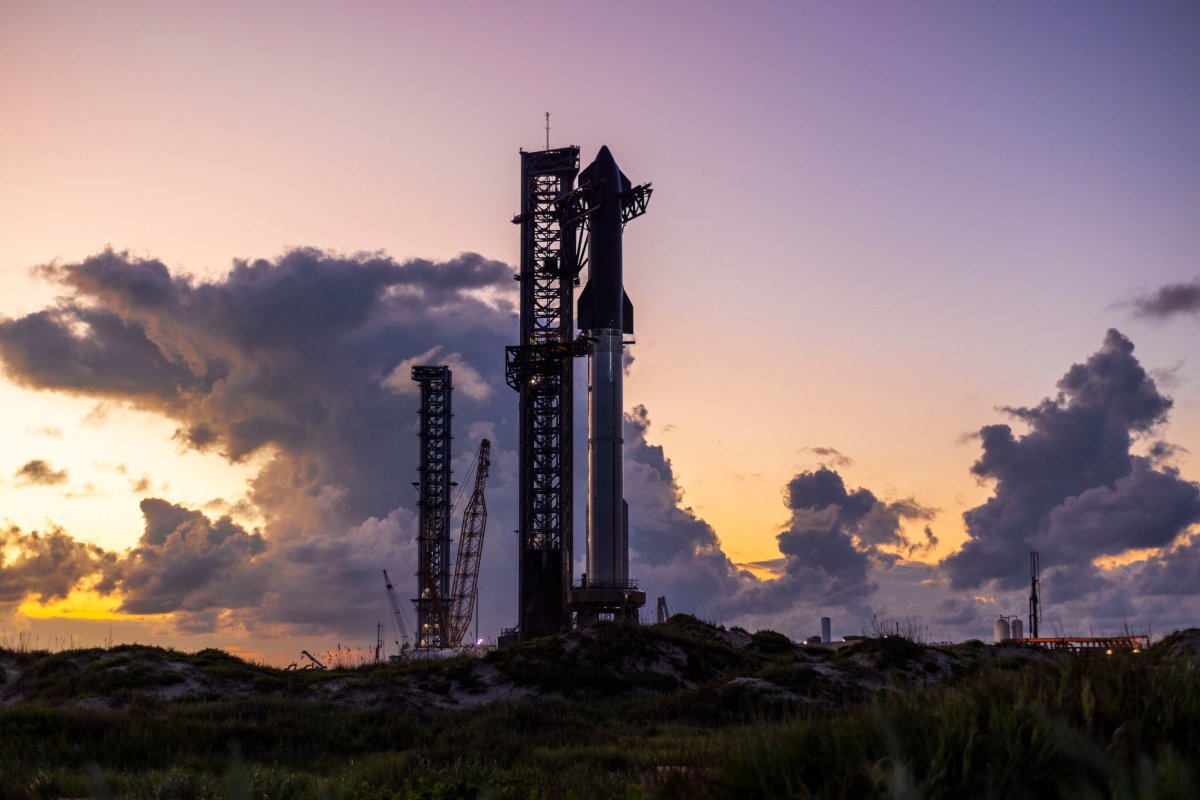Indian Railways (IR) has garnered a flood of feel-good news over the past year. This narrative predominantly celebrates announcements of what is yet to come, rather than achievements already realized.
On close inspection, some tangible positives do emerge. There has been significant progress towards enhanced sectional capacity by commissioning nearly 12,000 road over and under bridges in the past decade — a threefold increase compared to the previous decade, improved railway connectivity in the North-East, massive electrification towards the target of 100 per cent by 2025, and proliferation of Vande Bharat trains gradually transforming passenger travel.
Additionally, reserved passenger segment patronage has increased, and safety has improved, with fatalities dropping to around 25 — one of the lowest annual figures.
The caveats
Yet, these achievements come with notable caveats. The safety improvement is overshadowed by IR’s tendency to blame accidents on sabotage. In reality, such incidents often stem from minor mischief or petty crime rather than organized terrorism and investigations have yet to substantiate sabotage.
Moreover, the focus should not merely be on reducing accidents relative to historical figures. With advancements like the indigenous Kavach signalling system and AI-driven near-miss alerts, the goal must be near-zero accidents. However, the rollout of Kavach remains sluggish; it is not fully operational even in its pilot zone on South Central Railway while commissioning on high-priority routes like Delhi to Howrah and Mumbai has no visibility yet.
Vande Bharat trains may be transformational, connecting cities all over India, but nearly 25 per cent of them do not have good patronage. There has been no technological upgrade over the product first turned out in 2018. The large-scale electrification drive has left thousands of diesel locomotives idle, assets valued at approximately ₹30,000 crore with no disposal strategy. The claim of IR becoming a “green railway” also falls flat, as its freight growth continues to lean heavily on coal transportation — an irony given coal’s notorious environmental footprint.
A critical review of IR’s 2024 journey reveals a mixed bag of achievements and shortcomings. While some infrastructure advancements are evident, the year has been marred by a poor Operating Ratio (OR), unfulfilled promises on major projects, hype around a few glamorous ventures, discontent among general-class travellers, and a faltering effort to unify railway executives under a single management service.
Financially, IR’s performance remains a key concern. IR has to take care of its social obligations but the OR continuing to hover around 100 is bad news; even this number is propped up by artificial adjustments such as underfunding depreciation and pensions. This leaves no surplus for investment. While the government emphasizes that railway finances should be viewed within the broader context of national economic development, high levels of investment need to yield tangible financial improvements — a goal that remains elusive.
In freight, IR’s growth has stagnated at a modest 4 per cent over the past decade, with the current year slipping to a mere 2 per cent. This stagnation persists despite the commissioning of Dedicated Freight Corridors and initiatives like Gati Shakti to develop multimodal terminals.
Policy interventions such as pricing freedom for zonal authorities, deployment of specialized wagons, and private-sector participation are critical to reversing this trend, but progress has been scant.
The passenger segment paints an even bleaker picture. While revenue has grown at nearly 7 per cent CAGR post-Covid, patronage has yet to recover to pre-2020 levels. Fare hikes are politically unpalatable, and reducing expenses would require a paradigm shift in operations and maintenance models — a shift that shows no signs of materializing.
With salaries and pensions accounting for nearly 70 per cent of expenses, cost-cutting is particularly challenging. Globally, passenger transportation is rarely profitable and relies on subsidies. In India, freight earnings subsidize passenger travel, which stifles its freight growth potential. Time has come to take care of passenger services through direct subsidies to IR from central, state and city municipalities.
Big-ticket projects also remain a sore point. These include completion of high-profile ventures like Dedicated Freight Corridors, the Jammu & Kashmir rail line, Vande Bharat sleeper trains, high-speed rail, the Pamban bridge, station redevelopment, track upgrades for 160 kmph operations, Kavach implementation, and the elimination of train waiting lists. Firm completion dates are conspicuously absent or long overdue.
The organization must focus on imaginative policy interventions, technological adoption, and operational efficiency. Here’s hoping 2025 brings better tidings for Indian Railways.
The writer is Retd. General Manager/Indian Railways, Leader of Train 18/Vande Bharat project and Independent Rail Consultant









Leave a Comment